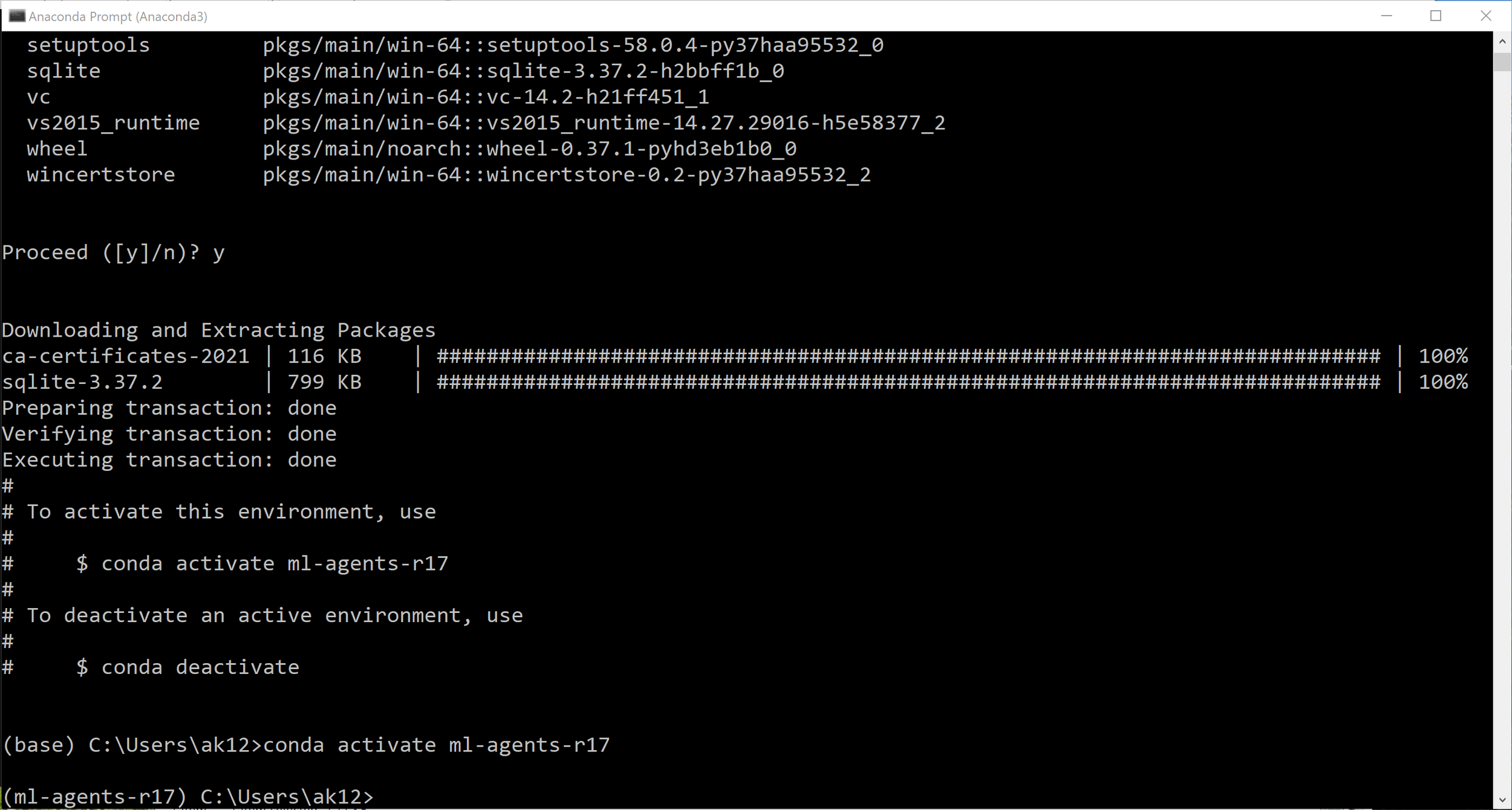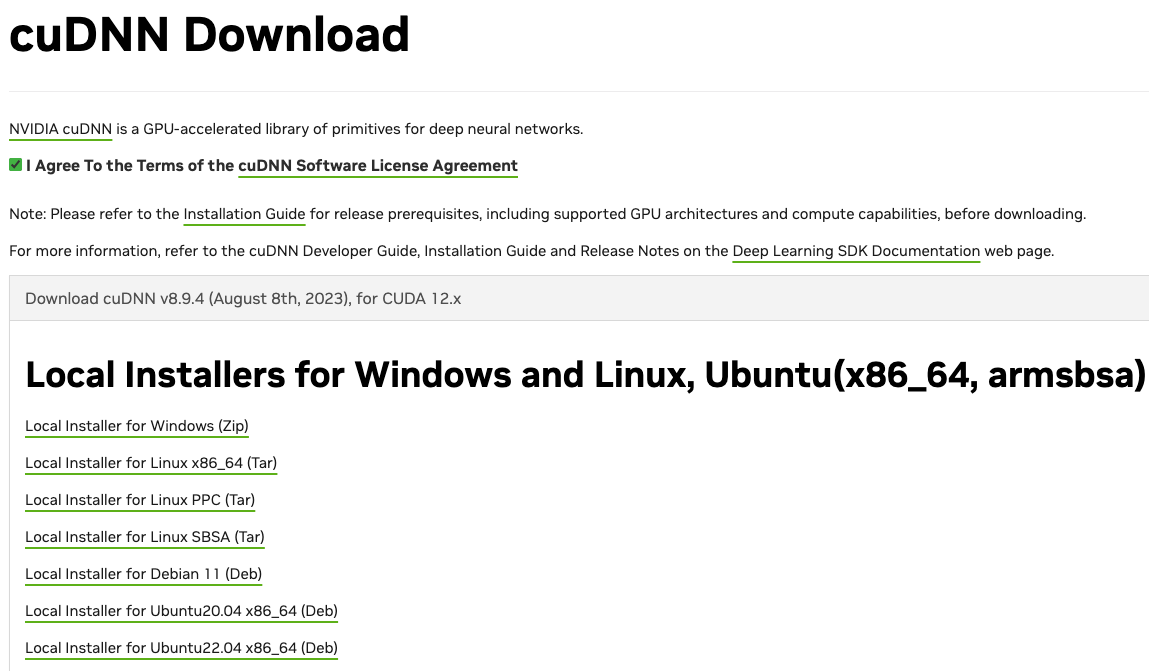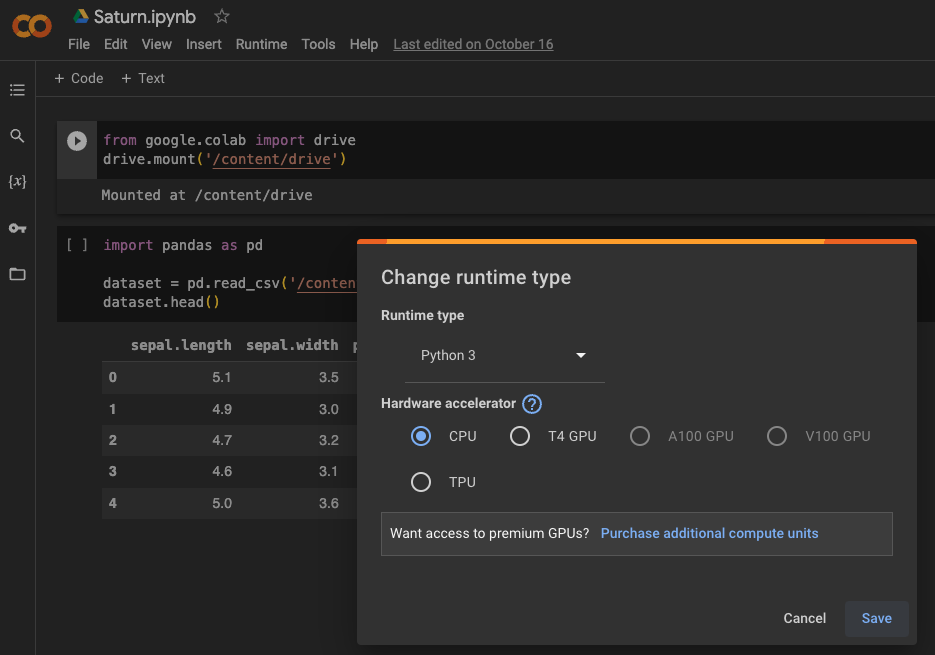¶ Objective
The goal of this section is to get hands-on experience with a simple object detection model and the first step towards object detection.. i.e, Environment Setup
¶ Project Overview
In this section, you will set up the environment using TensorFlow or PyTorch.
¶ Step 1: Setting Up the Environment
¶
¶ 1.1 Installing Conda
To set up the required environment, we’ll use Conda, a powerful package and environment management tool. If you haven't installed Conda yet, download and install Miniconda (lightweight version) or Anaconda (comes with additional data science packages).
[Frankly, I prefer miniconda as it's lighter and allows you to configure environments from scratch]
¶
¶ 1.2 Creating a New Conda Environment
Once Conda is installed, open your terminal or command prompt and create a new environment with the necessary libraries for object detection.
¶ Create a conda environment :
conda create -n object-detection python=3.9
¶ Activate the Environment :
conda activate object-detection

¶
¶ 1.3 Installing Required Libraries
We will be using either TensorFlow or PyTorch, along with the required dependencies.
Using PyTorch: If you want to use PyTorch, follow these steps to install PyTorch and other necessary libraries.
pip install torch
Using TensorFlow: Alternatively, you can install TensorFlow if you prefer it for this project.
pip install tensorflow
¶
¶ 1.4 GPU Setup: Two Options
To leverage a GPU for faster processing, you have two main options:
¶ 1. Local setup with CUDA archives
- If you have an NVIDIA GPU, install CUDA and cuDNN compatible with your TensorFlow or PyTorch version, follow the CUDA installation guide and verify your GPU compatibility.
- If Compatible, then go through the steps and install CUDA on your device and then start the installation of cuDNN [CUDA Deep Neural Network]

Just download the installer and run it, it will install the software on your system.
Do it for both CUDA and cuDNN installers.

¶ 2. Local Setup with Conda :
- Alternatively, you can try installing Cuda using the conda package manager by switching the channel and installing the required CUDA version and the cuDNN version. In this section I am covering the setup for both Pytorch and Tensorflow.
¶ FOR PYTORCH :
conda install -c conda-forge cudatoolkit=12.6 cudnn=9.1.0
conda install pytorch torchvision torchaudio pytorch-cuda=12.4 -c pytorch -c nvidia
¶ FOR TENSORFLOW :
conda install -c conda-forge cudatoolkit=11.2 cudnn=8.1.0
python -m pip install "tensorflow<2.11"
But recently there has been a problem with the compatibility of tensorflow with numpy as TF has stopped GPU compatibility for Windows Native after tf.version 2.10.0. If you are wondering why Windows native compatibility is absent in the latest tenserflow version, it is because almost the entire industry uses unix-based operating systems like ubuntu, where such problems do not exist.
To fix that Install a numpy version < 2.0.0
pip install numpy==1.26.0
¶ 3. Use Google Colab :
- For free access to a GPU, consider using Google Colab, which provides an easy setup for machine learning projects.
- Go to Google Colab, create a new notebook, and set the runtime to GPU (
Runtime > Change runtime type > GPU). - Alternatively you may also use the TPUs (Tensor processing units), but they will still be slower than GPUs.

On a different note, somehow you become a huge fan of the google colab UI (it is similar to jupyter notebook UI), and wish to use your local GPU with google colab, then follow the instructions on this video.
Here is the document explained in the video for using local GPU on colab.
¶ Navigation
Main Page | Previous Page(Intro) | Next Section(First Object Detector)